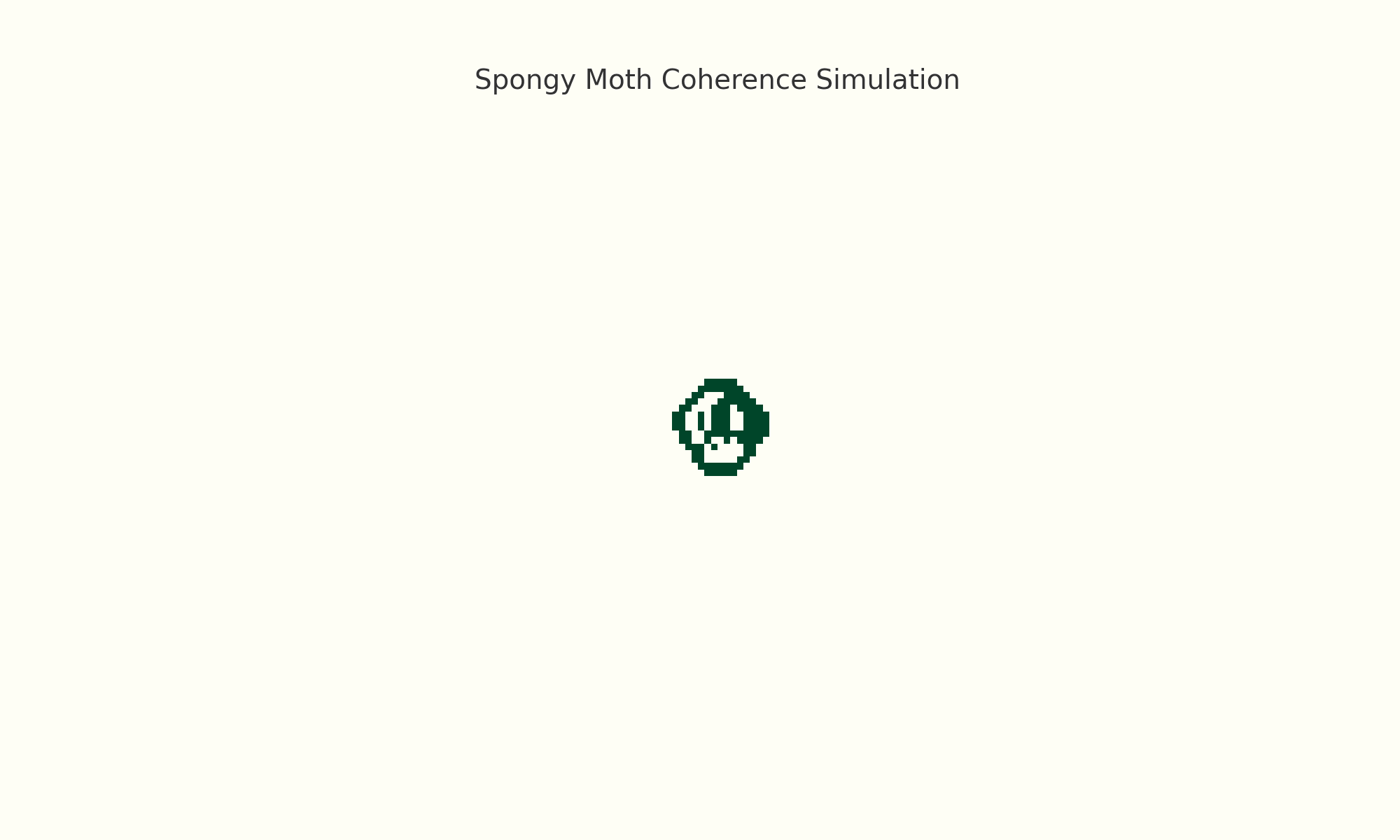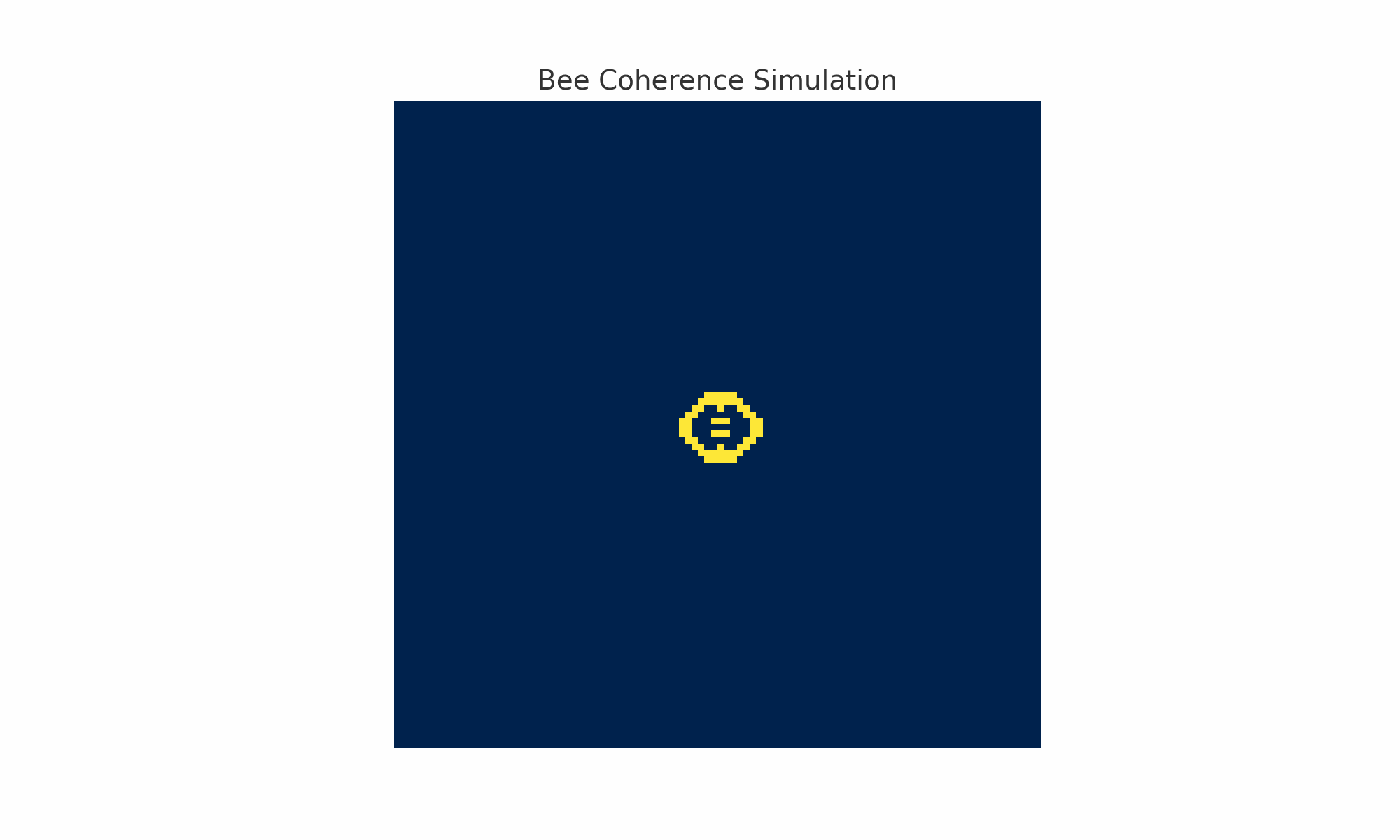This collection explores harmonic coherence as a principle of Emergence Theory—the way living systems organize through vibration, frequency, and feedback. When coherence emerges, it does so not by command, but by attunement: a resonance between form and field. In this series, the bee, bird vetch, spongy moth, and electrography become emissaries of this unseen orchestration.
The bee is a harmonic architect—its body tuned to ultraviolet light, its wings vibrating at frequencies that shape pollen clouds and echo the geometry of flowers. Bees operate within coherent attractor fields, responding to environmental phase signals like weather, scent, and bloom. In Emergence Theory, this behavior reveals how small agents—driven by simple rules—contribute to large-scale systemic intelligence.
The bird vetch, a wild legume, demonstrates emergent climbing logic. Its tendrils spiral toward structure, encoding information about wind, light, and support in every curl. Its behavior mimics cellular automata, responding to local cues without central control. In doing so, bird vetch weaves its way into a supportive matrix—growing not in isolation, but through coherence with its environment.
The spongy moth introduces disturbance into the field. As an invasive species, it acts as a disruptive attractor—provoking re-patterning in forests and ecosystems. Yet within Emergence Theory, disruption is not failure—it is often the catalyst for reorganization. The moth’s presence sharpens contrast, forcing latent systems to self-correct or evolve. It is both a signal and a challenge to coherence.
Electrography makes the invisible visible. Using high-voltage fields, it captures the energetic imprint of living matter as light-encoded form. These images are not symbolic—they are direct expressions of how organisms interact with their surrounding field. In the logic of Emergence, they are snapshots of field communication—proof that form does not arise in isolation, but through vibrational participation.
Together, these subjects—bee, vine, moth, and electricity—illustrate emergence not as metaphor, but as material behavior. Harmonic coherence is the moment where complexity finds clarity, where vibration becomes visible, and where intelligence begins to shape itself through pattern. This series is an invitation to see coherence not as static balance, but as a dynamic agreement between form and field.
Recent Projects
- Spongy Moth Coherence
 The Spongy Moth Coherence Simulation reveals a striking diamond-shaped geometry that pulses with intricate, recursive patterning. The inner structure is dense and chaotic, while the outer edges ripple outward in balanced symmetry, like waves responding to an initial disturbance. This simulation captures the moth’s ecological behavior—rapid infestation, spread, and eventual stabilization. It becomes a symbol… Read more: Spongy Moth Coherence
The Spongy Moth Coherence Simulation reveals a striking diamond-shaped geometry that pulses with intricate, recursive patterning. The inner structure is dense and chaotic, while the outer edges ripple outward in balanced symmetry, like waves responding to an initial disturbance. This simulation captures the moth’s ecological behavior—rapid infestation, spread, and eventual stabilization. It becomes a symbol… Read more: Spongy Moth Coherence - Bee Coherence Simulation
 The Bee Coherence Simulation presents a radiant diamond form, balanced and ornate, echoing the geometry of a hive. Honeycomb-like pathways spread with near-perfect symmetry from a central axis, reflecting the bee’s role as a collective architect of structure, order, and communication. This is not the chaos of random emergence—it is the intentional intelligence of the… Read more: Bee Coherence Simulation
The Bee Coherence Simulation presents a radiant diamond form, balanced and ornate, echoing the geometry of a hive. Honeycomb-like pathways spread with near-perfect symmetry from a central axis, reflecting the bee’s role as a collective architect of structure, order, and communication. This is not the chaos of random emergence—it is the intentional intelligence of the… Read more: Bee Coherence Simulation




